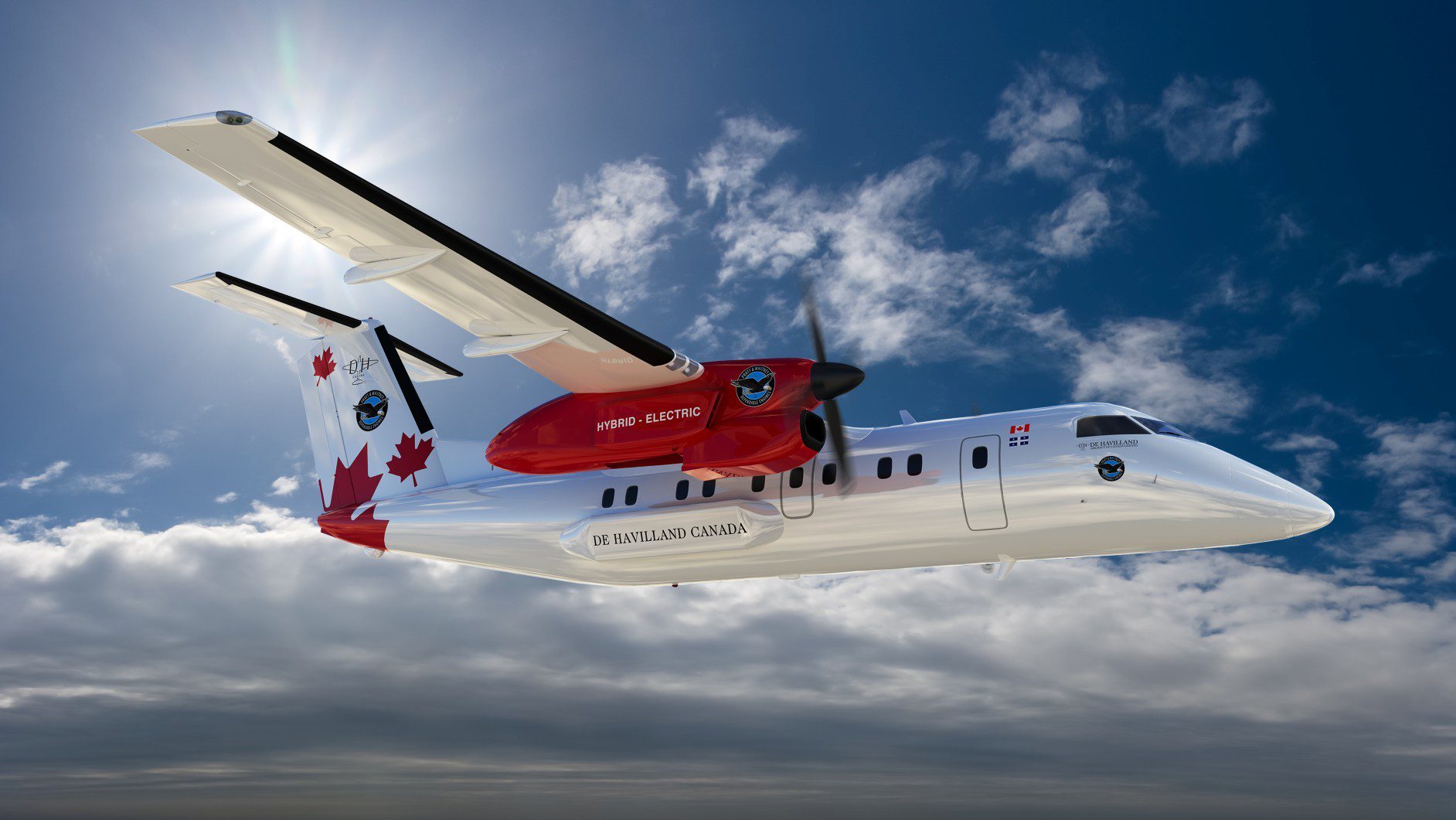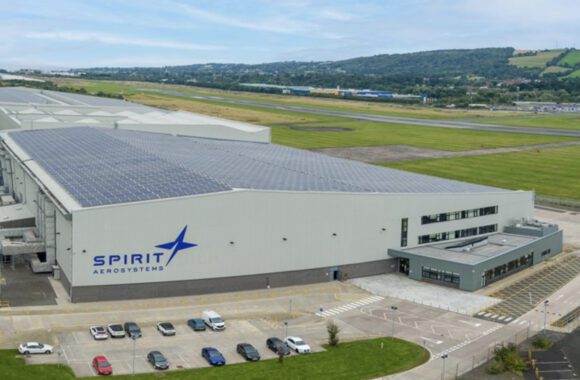
PWC HEP
It has been some time since we last heard from Pratt & Whitney Canada (P&WC) about their hybrid-electric powertrain.
Today, the OEM announced the development of a bi-directional mobile charging unit (MCU) capable of charging high-power batteries at up to 1500 volts. This makes it compatible with Megawatt Charging System standards the industry is advancing for high-voltage power applications.
The MCU is assembled from commercial components and can deliver up to 280 kW and 1500 volts. In collaboration with IVI, P&WC developed a distributed control and protection strategy. The NRC focused on the hardware design, assembly, testing, and delivery of two charger units, which will be used on the hybrid-electric flight demonstrator project. The charger’s bidirectional capability enables it to charge and discharge batteries, creating opportunities to recycle unused energy back into the electrical grid.
P&WC continues to progress in testing the propulsion system for the RTX hybrid-electric demonstrator, targeting a 30% improvement in fuel efficiency and reduced CO2 emissions compared to today’s most advanced regional turboprops. In 2024, the propulsion system will be linked to batteries developed by H55 S.A., which will be charged using the new charger.
The OEM focuses on hybrid-electric as their preferred path. Several programs in the EU and US are developing multi-engine hybrid regional turboprop replacements. With most planning on 30-seaters, the P&WC powertrain might be too heavy. But P&WC may be better positioned to power future ATRs, which is the market standard. The ATR works and is popular (i.e., low risk), whereas the new aircraft in development have steep learning curves to prove their ideas.
Views: 31




